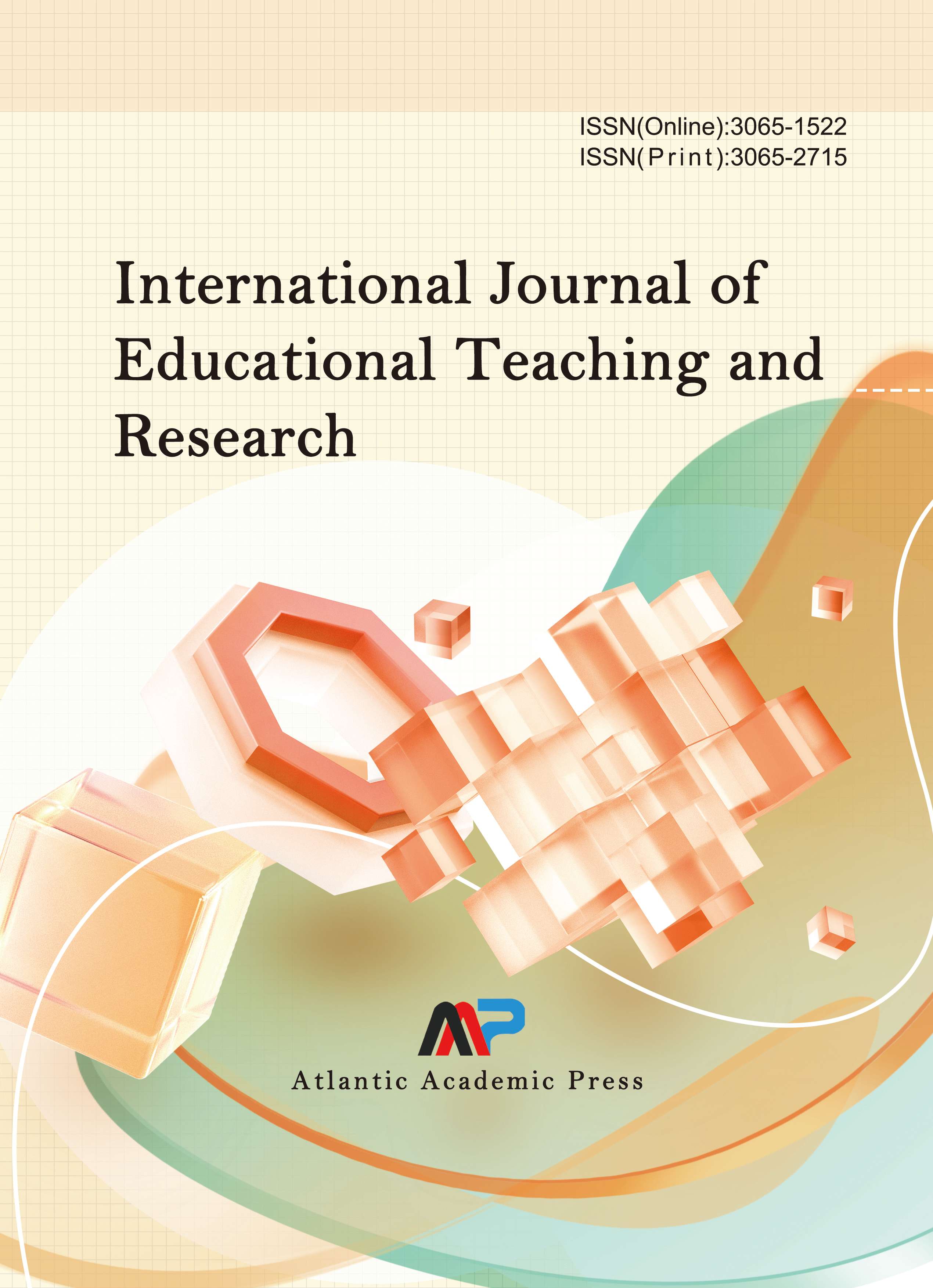Based on the Characteristics of Chinese Language Learning among ASEAN International Students: A Study on the Teaching Model for Elementary Chinese
DOI:
https://doi.org/10.70767/ijetr.v2i3.548Abstract
With the continuous expansion of the influence of the Chinese language in ASEAN countries, an increasing number of ASEAN international students are beginning to learn Chinese at the elementary level. However, the complex and diverse language and cultural backgrounds of these students present unique cognitive challenges in Chinese language acquisition. Based on the language cognitive characteristics and cultural differences of ASEAN international students, and combining theories of second language acquisition, intercultural communication, and cognitive load, this paper constructs an adaptive and dynamically adjustable teaching model for elementary Chinese. The study starts with optimizing phonetic teaching strategies and multimodal dynamic adjustments, systematically designing hierarchical plans for vocabulary and grammar, and exploring the collaborative mechanism of integrating form, sound, meaning, and cultural penetration in Chinese character teaching. This model aims to enhance the language cognitive efficiency and cultural adaptation ability of ASEAN international students, providing theoretical guidance and practical paths for elementary Chinese language teaching.
Downloads
Published
Issue
Section
License
Copyright (c) 2025 International Journal of Educational Teaching and Research

This work is licensed under a Creative Commons Attribution-NonCommercial 4.0 International License.




